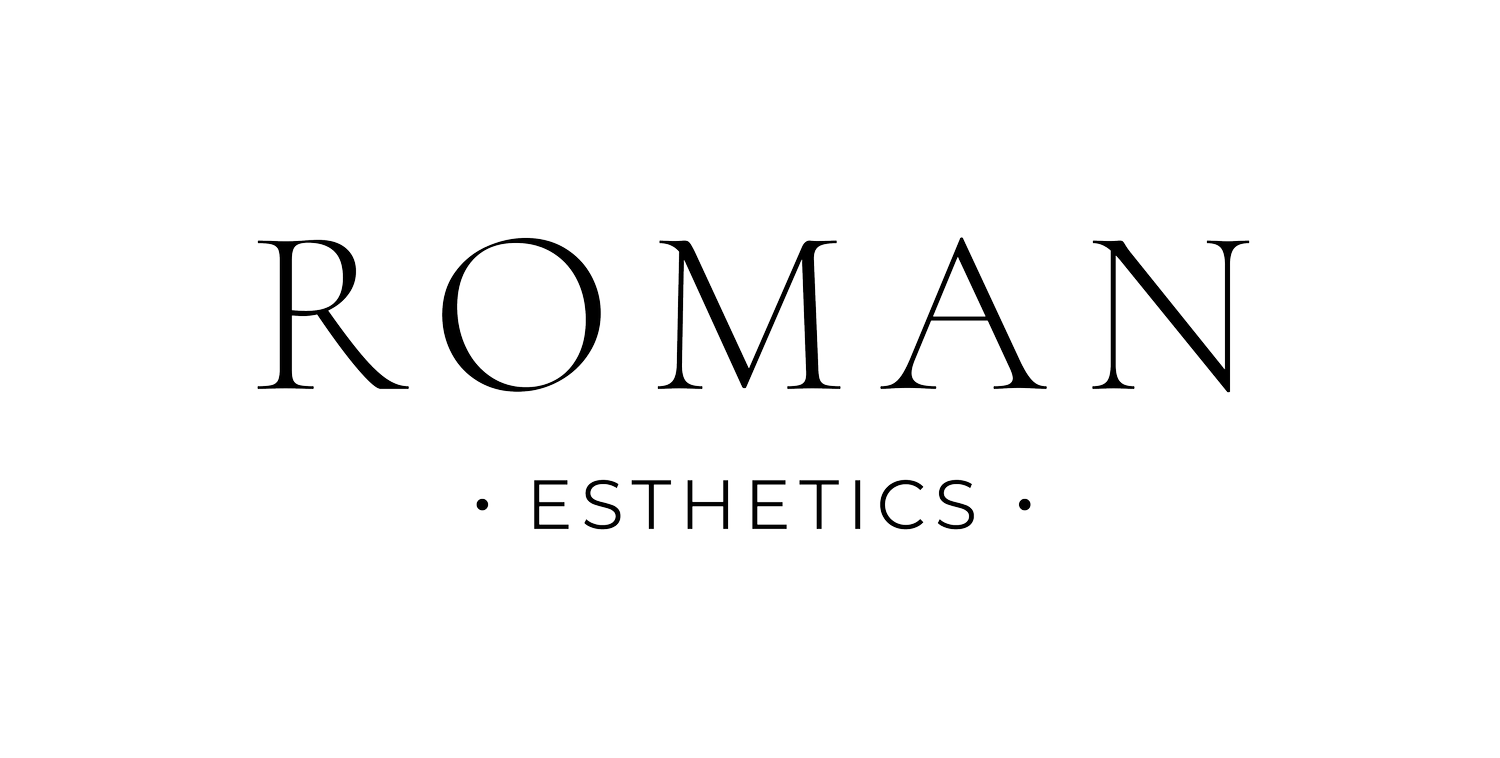What Ingredients Should You Look for When Treating Hyperpigmentation?
Part Two- Hyperpigmentation Series
Sunspots are small dark spots on the skin that can be caused by overexposure to ultraviolet (UV) radiation from the sun. Sunspots often appear in areas of the body that get a lot of sun exposure, such as the face, neck and hands. While they may not cause any physical discomfort or pain, many people find them aesthetically displeasing and seek treatments to reduce their appearance.
Fortunately, there are a number of effective ingredients available for treating sunspots safely. From acids like Retinol, Glycolic Acid, Vitamin C, Alpha Arbutin, and Kojic Acid, these ingredients can help fade away discoloration while providing anti-aging benefits as well. In this article we’ll discuss some of the most effective ingredients you should look for when treating your sun spots at home.
Topical Hydroquinone is considered the most effective treatment for facial hyperpigmentation, and is often referred to as the "gold standard." It acts as a bleaching agent by inhibiting tyrosinase, which limits melanin production in the skin. There are pros and cons to using this ingredient, which makes it a debatable topic among the esthetic community.
Retinol is actually a form of vitamin A that treats common skin problems, like hyperpigmentation, being one of them. By speeding up our skin's cell turnover, it helps to fade those pesky dark spots and evens out our skin tone, giving us a healthy and more radiant complexion.
Glycolic Acid, a highly effective alpha hydroxy acid (AHA), derived from sugarcane, it works its magic by gently exfoliating the skin, sloughing away dead cells and revealing a more even-toned, glowing complexion. Its low-molecular-weight allows it to penetrate the skin's surface with ease, accelerating the cell renewal process and consequently, reducing the appearance of dark spots, melasma, and post-inflammatory pigmentation.
Vitamin C is a powerful antioxidant that can help to reduce the appearance of sunspots and other forms of skin discoloration. When applied topically, vitamin C helps to inhibit the production of melanin, which is responsible for darkening skin cells. In addition to its fading effects on sunspots, vitamin C also has anti-aging benefits such as reducing wrinkles and fine lines.
Alpha Arbutin is a natural derivative of hydroquinone, which is known to be an effective lightening agent. When applied topically, alpha arbutin helps to reduce discoloration caused by sun exposure while also providing anti-aging benefits.
Kojic Acid works by regulating the activity of tyrosinase, an enzyme involved in producing melanin which causes age spots and other skin discolorations. In addition to age spots, Kojic Acid is also useful for treating freckles, melasma, and other forms of age-related hyperpigmentation.
Licorice Root inhibits tyrosinase activity: Tyrosinase is an enzyme that plays a key role in the production of melanin. Licorice root extract contains glabridin that inhibits tyrosinase activity, thereby reducing the production of melanin in our skin. Also, licorice root extract has anti-inflammatory properties that help reduce inflammation, thereby minimizing the appearance of hyperpigmentation.
Niacinamide, also known as vitamin B3, it helps to reduce inflammation in the skin and inhibit the transfer of pigment to skin cells, reducing the appearance of hyperpigmentation.
Sunspots aka hyperpigmentation can be a difficult problem to treat, but with the right ingredients you can make them less noticeable. By combining these ingredients into your skincare routine, you will be able to reduce the appearance of your sunspots over time, ONLY IF you're consistent with your products and SPF.
Stay Tune for the 3rd blog post in this series next week…
The Best Facial Treatments for Reversing Hyperpigmentation

